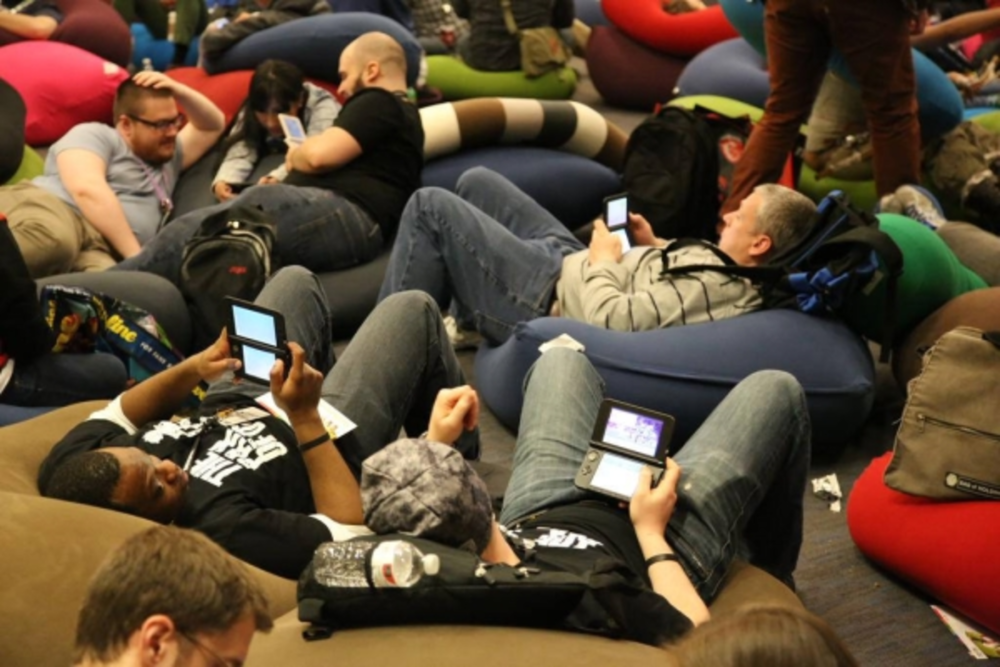Q: How is Green Mountain Coffee’s continuity club, Café Express, different from other clubs?
A: Our biggest challenge is fighting the image of traditional continuity clubs, which tend to have a burn-and-churn model. They make drastic offers to sign up new members, who tend to quit soon after the standard prices kick in. That churned consumer is often left with a bad taste in his or her mouth about the brand. Our offers are less aggressive at sign-up, but we work hard to make the club valuable over time. As a result, our average order per lifetime in the club is significantly higher than many other clubs. While many consumers are turning away from some continuity clubs, membership in Café Express has grown by 60,000 new members over the past couple of years to a total of 93,000 members.
Q: What do you try to do to make Café Express valuable to consumers?
A: Members can order any amount of coffee over any amount of time, so they’re not required to commit to specific delivery amounts or dates. Fourteen days before a scheduled shipment, we send members an e-mail asking them if they want to delay it or add anything. Members can quit the program at any time. And, every year, we give them a gift certificate for a free box of coffee around the holidays.
Q: Does having a continuity club affect the other brands and channels under the Green Mountain umbrella?
A: Green Mountain Coffee and its brands thrive in channels that other packaged goods companies don’t want to dive into. Café Express cannot hurt the brands within the continuity club. If it does, it could potentially hurt sales in another channel of distribution. For example, Café Express sells K-Cups, which are single-cup brewing packages for use in a Keurig coffee machine. Keurig is a division of Green Mountain Coffee and all three brands can be found in a variety of places, including mass merchants, Web sites, catalogs, restaurants, supermarkets, business offices and club stores.
Q: How do you market the club?
A: My [marketing] team didn’t invent the Internet and it didn’t invest in Keurig, but we’re trying to take advantage of both as much as possible. It would have been much harder to do this 15 years ago, when consumers weren’t used to buying direct from manufacturers. Without search engines and Web sites, consumers wouldn’t be able to find us so easily. Paid search is one area where we can compete very well and get a surprising number of people to go from not knowing us to signing up. We don’t bid on generic terms, such as “coffee” and “tea,” but tend to stick to brand terms, such as “K-Cups,” “Keurig” and “single-cup brewing.” The Green Mountain Coffee catalog also promotes the club — there’s been a big shift in the product focus of the catalog from bags of coffee to K-Cups. The catalog’s circulation has also grown substantially over the past couple of years, to 3.5 million.







